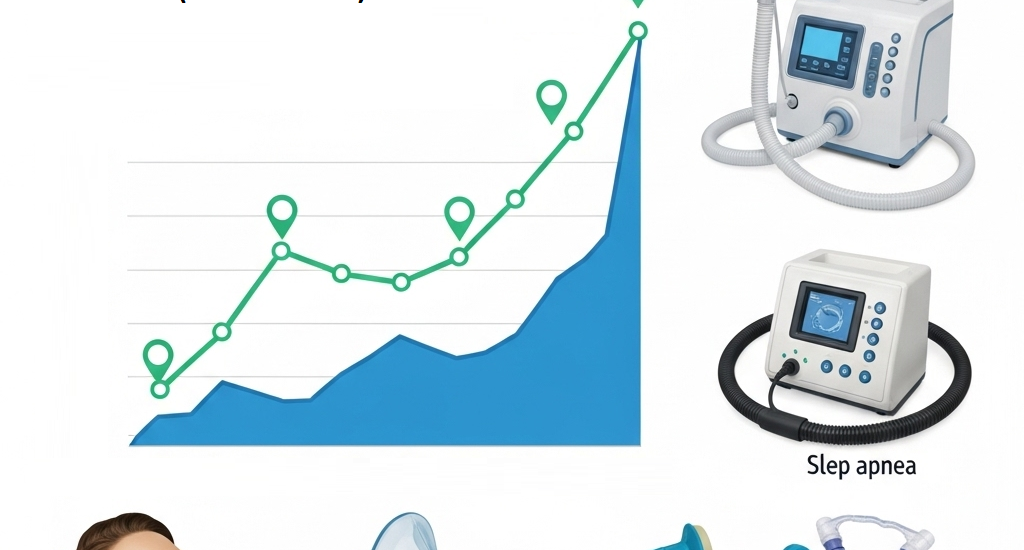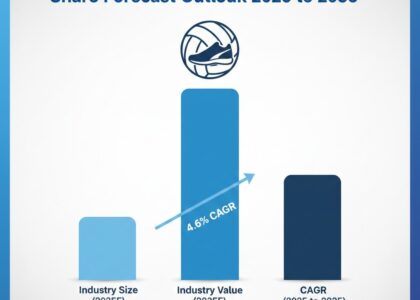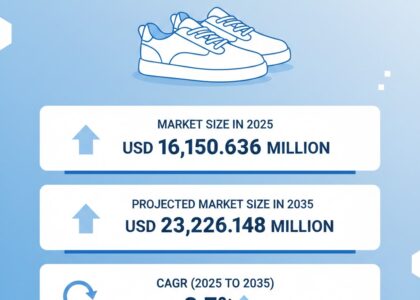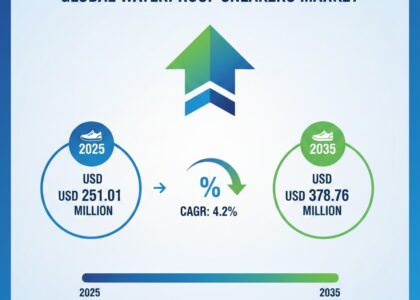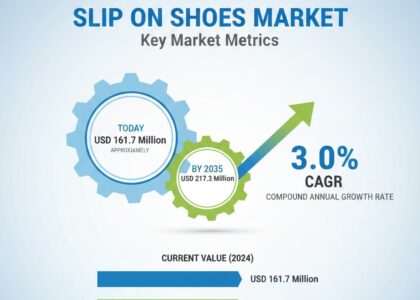The global sleep apnea devices market is estimated to be valued at USD 9.7 billion in 2025 and is projected to reach USD 24.4 billion by 2035, registering a compound annual growth rate of 9.7% over the forecast period. The numbers are impressive, sure. But they reveal something far darker: a healthcare system scrambling to treat a crisis it still doesn’t fully understand.
After 15 years reporting on health and technology, I’ve learned one thing: some markets explode not because of progress, but because of neglect. The global surge in sleep apnea devices is a perfect example. It’s less a success story than a warning shot.
Sleep apnea is not niche. It is not rare. It is one of the most undiagnosed, underestimated, and under-addressed health threats of our time. Millions of people are stopping breathing in their sleep every single night—and most of them have no idea.
Get Sample Report: – https://www.futuremarketinsights.com/reports/sample/rep-gb-14383
🇺🇸 In the U.S., a Disaster Hiding in Plain Sight
Here’s the brutal truth: America is failing at diagnosing and treating sleep apnea. FMI confirms that North America dominates the global market by revenue. That’s not a win—it’s a red flag. It means the demand is overwhelming, not that the care is effective.
People wait months for sleep studies. The equipment is expensive. Insurance coverage is uneven. Even when patients get a CPAP, many abandon it out of frustration. Why? Because we treat this like a medical device problem when it’s a systems problem. It’s not just about the machine—it’s about getting people to care, to understand, to follow through.
We’re throwing machines at a silent epidemic—and hoping for the best. That’s not medicine. That’s triage.
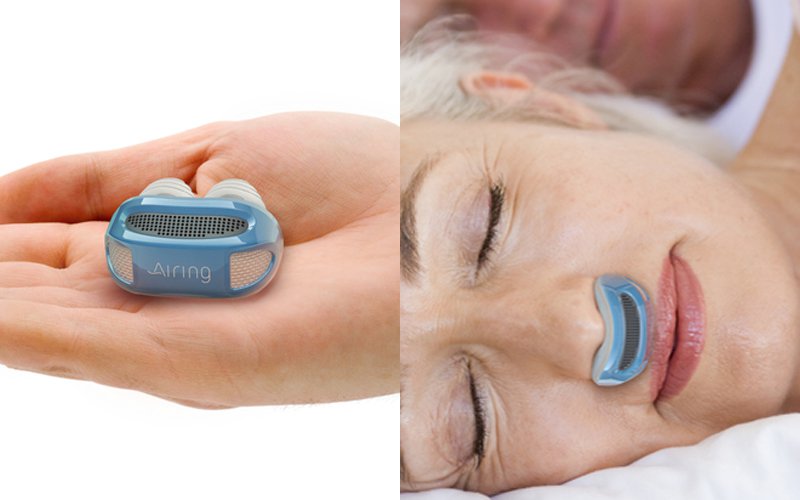
🌍 The Global Picture: Growth Without Preparedness
FMI’s report makes one thing clear: the rest of the world is catching up fast. Asia Pacific is set to become the fastest-growing region for sleep apnea devices. But with that growth comes responsibility.
Are health systems in emerging economies prepared for the tidal wave of undiagnosed patients? Or are we simply exporting expensive machines into places with no infrastructure to support their use? We’ve seen this story before—with diabetes, with hypertension, with obesity. Awareness arrives. Products flood the market. But systems fail to meet the need.
And guess what? People suffer. Again.
⚙️ Tech Won’t Save Us Alone
Yes, innovation is happening. FMI points to lighter masks, quieter machines, and even implantable therapies. These advances are exciting. But they are completely useless if people don’t know they need them.
We’ve glamorized the device market. We write glowing headlines about futuristic CPAPs and AI-enabled diagnostics. But the real breakthrough will be when a tired truck driver in Kansas—or Kolkata—gets screened, diagnosed, and treated in under 48 hours. That’s what progress looks like. Not just sleeker machines, but faster access and smarter care.
🔥 Opinion: This Is the Market Where Morals Matter
The sleep apnea device market is booming. That’s good for manufacturers. But it should make the rest of us deeply uncomfortable. Growth here isn’t a sign of success. It’s a symptom of how widespread the suffering has become.
Let’s not pat ourselves on the back for growing a market built on desperation. Let’s demand better. Every health minister, every insurer, every hospital CEO should be asking one question right now: Why are we still
Explore In-Depth Analysis-Click Here to Access the Report:- https://www.futuremarketinsights.com/reports/sleep-apnea-devices-market
Key Segments
By Devices:
- Diagnostic Devices
- Actigraphs
- Polysomnography (PSG) device
- Respiratory Polygraphs
- Pulse Oximeters
- Therapeutic Devices
- Positive Airway Pressure (PAP) Devices
- Continuos Positive Air Pressure (CPAP) devices
- Bi-level Positive Airway Pressure (BiPAP) devices
- Automatic Positive Airway Pressure (APAP) devices
- Oral Devices
- Nasal Devices
- Chin Straps
- Positive Airway Pressure (PAP) Devices
- Sleep Apnea Masks
- Software and Application
By Indication:
- Obstructive Sleep Apnea (OSA)
- Central Sleep Apnea
By End User:
- Hospital
- Sleep Clinics/Centers
- Home Care Settings
By Region:
- North America
- Latin America
- Western Europe
- Eastern Europe
- East Asia
- South Asia Pacific
- Middle East and Africa


